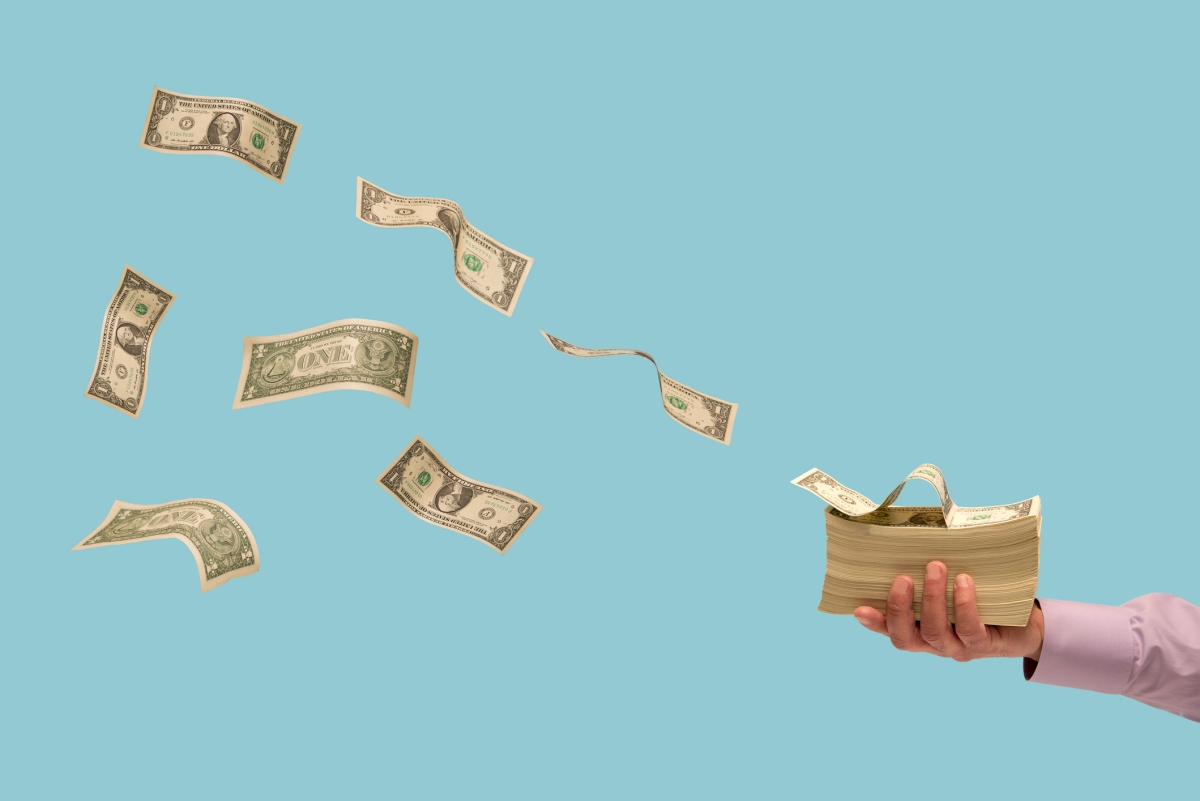How much tax will you owe when you sell your company? • ZebethMedia
Peyton Carr is a financial adviser to founders, entrepreneurs and their families, helping them with planning and investing. He is a managing director of Keystone Global Partners.
More posts by this contributor
With a Section 1045 rollover, founders can salvage QSBS before 5 years
Advanced tax strategies for startup founders
When a founder sells their company, its valuation gets a lot of attention. But too much emphasis on valuation often leads to too little consideration for what stockholders and stakeholders pay in taxes post-sale.
After an exit, some founders may pay a 0% tax while others pay over 50% of their sale proceeds. Some founders can walk away with as much as two times the money as other founders at the same sale price — purely due to circumstances and tax planning. Personal tax planning can ultimately impact a founder’s take-home proceeds as much as exit-level valuation changes can.
How does this happen? Taxes owed will ultimately depend on the type of equity owned, how long it’s been held, where the shareholder lives, potential tax rate changes in the future and tax-planning strategies. If you’re thinking about taxes now, chances are you’re ahead in the game. But determining how much you’ll owe isn’t simple.
In this article, I’ll provide a simplified overview of how founders can think about taxes as well as an easy way to estimate what they will owe in tax upon selling their company. I’ll also touch on advanced tax planning and optimization strategies, state tax and future tax risks. Of course, remember that this is not tax advice. Prior to making any tax decisions, you should consult with your CPA or tax adviser.
How shareholders are taxed
When it comes to minimizing capital gains tax, QSBS (qualified small business stock) can be a game-changer for people that qualify.
Let’s assume you’re a founder and own equity or options in a typical venture-backed C-corp. A number of factors will determine whether you will be taxed at short-term capital gains (ordinary income tax rates) or long-term capital gains, also referred to as qualified small business stock (QSBS) rates. It’s essential to understand the differences and where you can optimize.
Below is a chart summarizing different types of taxation and when each applies. I further break this down to show the combined “all in” federal + state + city taxation, if applicable.
Founders with exits on the horizon that will raise more than $10 million should explore some of the advanced tax strategies I covered in one of my previous articles, since there are opportunities to multiply or “stack” the $10 million QSBS exclusion and minimize taxation further.
Image Credits: Keystone Global Partners
As you can see above, some of the more common levers that influence how much tax a founder owes after an exit include QSBS, trust creation, which state you live in, how long you’ve held your shares and whether you exercise your options.
